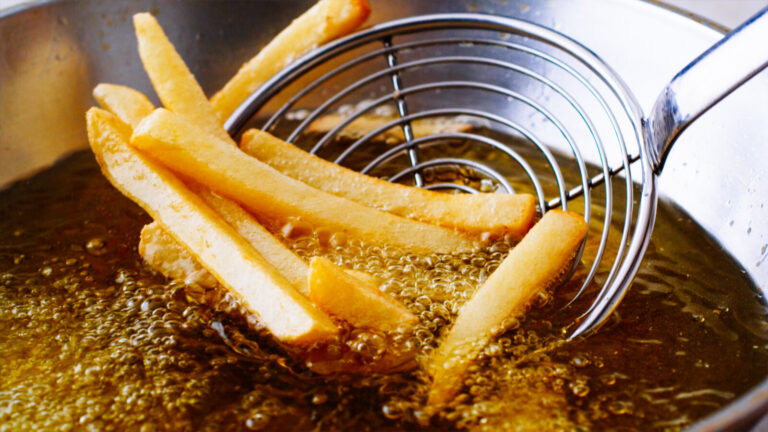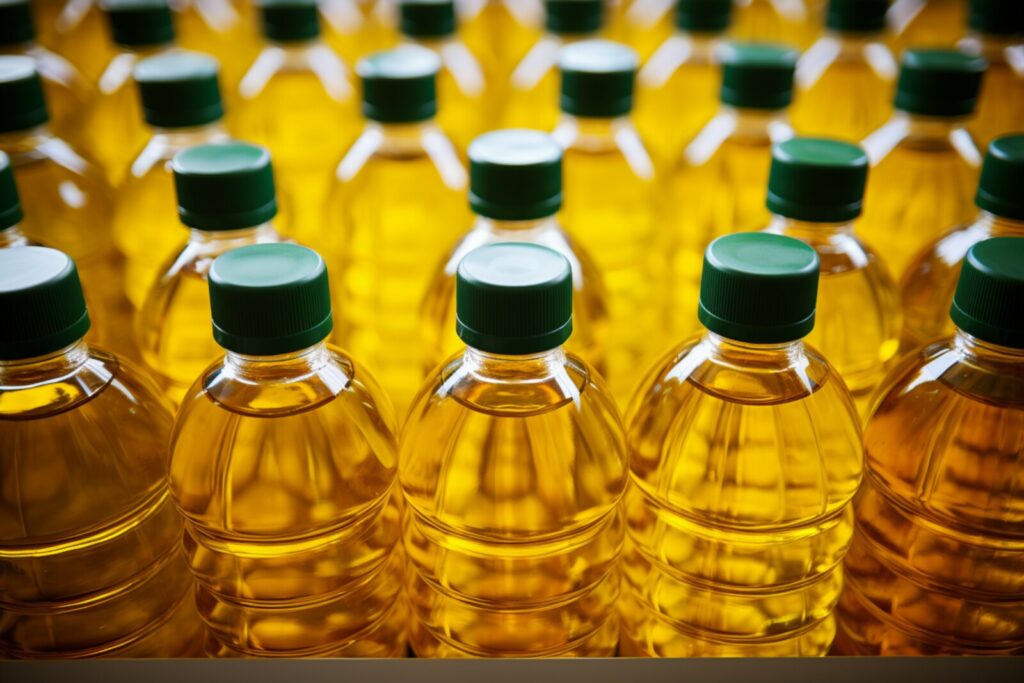The polyurethane industry is constantly looking for ways to reduce the carbon footprint of materials and processes. One of the ways to make the automotive industry more sustainable is by transitioning away from fossil-based feedstocks not only as fuel, but also as raw materials in the production of plastics for cars, and by using more sustainable feedstocks, with allocated bio-based, bio-circular, and/or recycled (circular) content. To do that in a transparent, verifiable and third-party certifiable manner, chemical producers are using the mass balance approach (MBA). This article explains the basic principles of the MBA.
What is The Mass Balance Approach?
The MBA is a process approach that allows chemical producers to track how much alternative (non-fossil) feedstock is used in the production of circular chemicals. This is being done by following the mass flow principles, quantifying inputs and outputs at each stage of the production process and tracking the use of raw materials throughout the value chain. This way, MBA audits enable third-party verification of the process.
The core principles underlying the MBA revolve around the conservation of the mass and the tracking of materials throughout a system. This is a standard practice in chemical engineering. It operates on the principle that the total mass of inputs must equal the total mass of outputs.

How Does it Work?
As can be seen from visual 1 above, all feedstocks need to first undergo a transformation step before being fed to the crackers of the chemical industry – where these materials are broken down to particles before being used in the production of new raw materials with allocated renewable or recycled content, but of the same quality as fossil-based raw materials. At the same time, it is possible to obtain renewable or recycled content credit and thus significantly reduce the carbon footprint of the PU parts used in cars.
The major advantage of mass balance is that it allows leveraging alternative feedstocks in already existing infrastructure, together with the fossil-sourced feedstock. As different feedstocks are impossible to physically separate once co-fed in large industrial installations, the MBA is needed to calculate and verify the amount of sustainable content allocated to products.
What are ‘Alternative Feedstocks’?
Alternative feedstocks are all feedstocks used in the production of chemicals that are not of fossil-based origin. Based on the definitions by the ISCC[1] – one of the globally largest certifiers of mass-balanced products – we differentiate three main types of alternative feedstocks:
- Bio-based – Feedstock derived from renewable biological sources, like plant or animal-based materials. Examples include vegetable oils or beef tallow.
- Bio-Circular – Post-consumer organic waste materials; includes feedstocks such as cooking, agriculture or forestry residues. Used cooking oil and biomass are the most vivid examples.
- Circular (or Recycled) – Post-consumer non-organic waste materials, such as end-of-life plastics or tyres.
[1] International Sustainability & Carbon Certification



Images 1, 2, 3. Examples of Alternative Feedstocks. Source: Adobe Stock.
Why do we need to use the MBA?
Globally, only 9% of plastics are recycled today. The MBA is a complementary solution to existing recycling technologies.

If we look at the end-of-life streams for plastics, there are several routes – or we can also think about them as layers of complexity. The first level – and the most obvious one – is product reuse. We know there are very few plastic streams that follow this route – and even less if we take plastics used in cars.
Then the second route is repurposing; in the case of PU, this implies a physical change of properties via mechanical recycling and the production of rebounded foam, for example. In doing so, new products are being made for somewhat different purposes than the original material. Also, mechanical recycling encounters limitations when dealing with complex polymer structures and mixed-material components.
The next step in the way is the chemical recycling of plastics (also called depolymerisation or waste to monomer). As the name suggests, depolymerisation chemically breaks down the targeted bonds, with the goal of recovery of the original raw materials, in the case of PU (for the moment), this means partial recovery of the polyols fraction.
Finally, we come to advanced chemical recycling, also called waste to feedstock. This recycling method is particularly appropriate for applications that are too difficult or too contaminated to recycle via other means. (Mixed plastic) waste materials – of which PU can be one constituent – are disintegrated at a molecular level, recovering oil and gas products and creating new raw materials for the petrochemical industry. Here, the MBA is needed to account for recycled / renewable materials.
What is next?
Currently the the MBA is still an unrecognised method for determining recycled content in the EU. Discussions are currently underway to get to the bottom of which method is the most appropriate one. There is a basic dilemma between a:
- Rolling Average Model – allocate recycled/renewable content to each unit of output proportionally
- The Credit Model – allocates credits relatively freely to outputs to the chemical industry’s process
Within both the chemicals and plastics industries, the fuel-use exempt model is a preferred option for mass balance accounting, as it is estimated that: (i) it offers the highest chance to achieve the EU’s ambitious recycling and recycled content targets, (ii) whilst further driving investments into recycling, and (iii) it is also the most flexible option, as it allows companies to optimally allocate recycled content to the products, depending on the specific market conditions.
Want to learn more about this topic? Download our brochure or check out this video!


